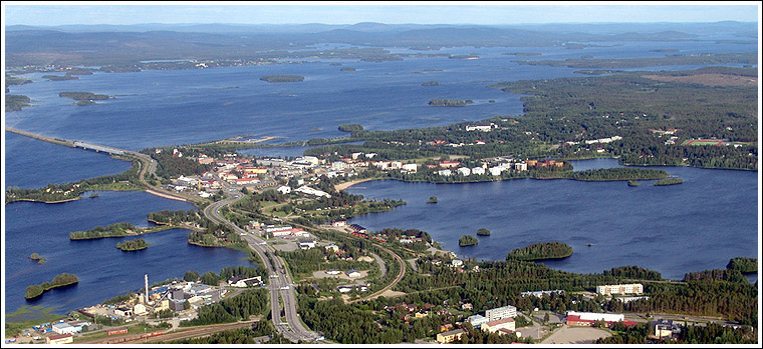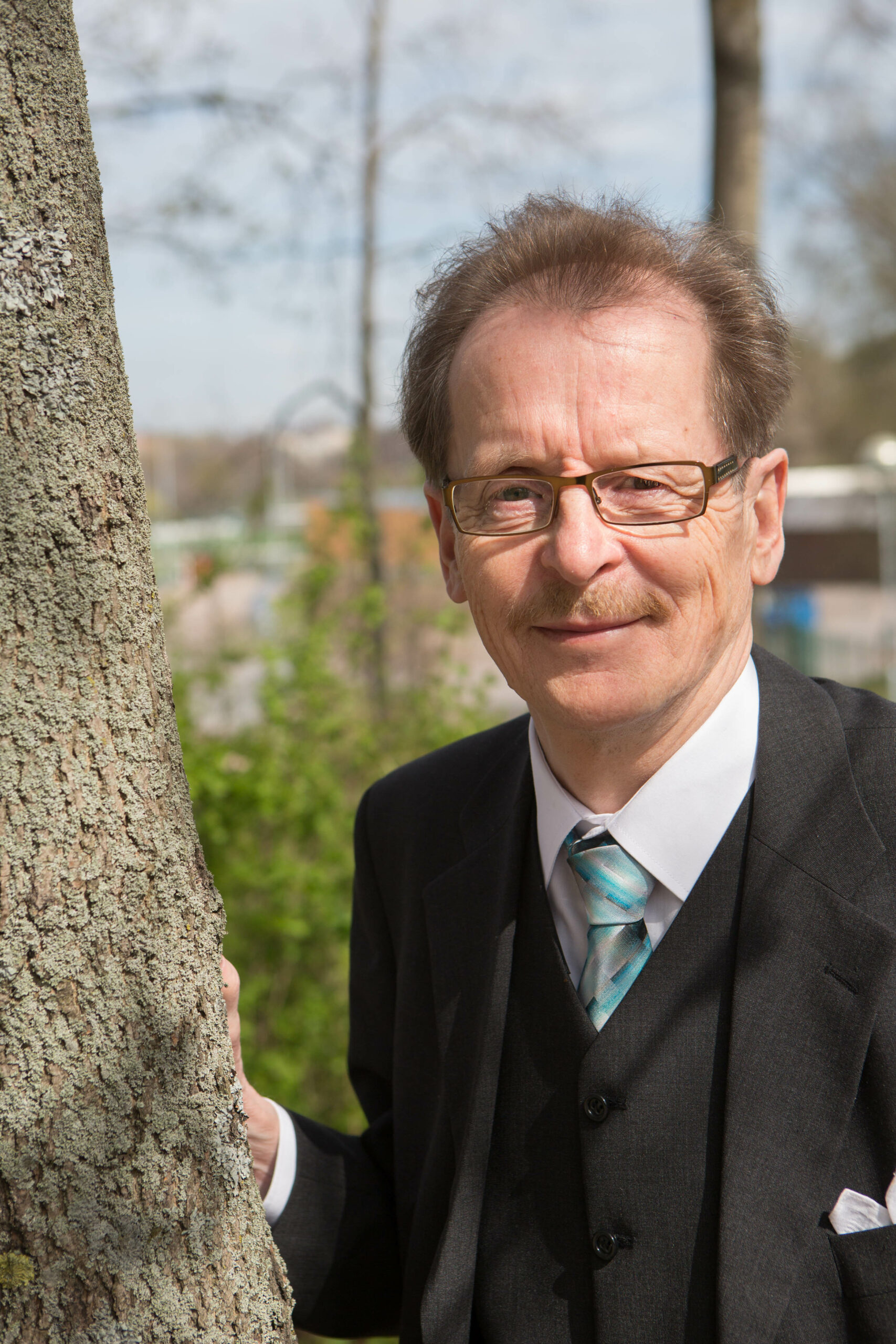Investments in forest industry do not decrease this year

Among Finnish branches of industry, the forest industry has long been one of the largest investors. According to the most recent report, its investments are primarily directed to increasing capacity. The latest plan was announced earlier this week by the Chinese company Kaidi, which is going to build a biodiesel factory of EUR one thousand million in Kemi, Finnish Lapland.
Plans for substantial investments are also revealed by an investment inquiry carried out by the Confederation of Finnish Industries. The inquiry shows the forest industry to be the second largest investor in Finland this year, preceded only by the mechanical and metal industry.
The largest-ever forest industry investment in Finland, Metsä Group’s bioproducts plant in Äänekoski, Central Finland, is also included in these figures, though it will only become operative in the third quarter of 2017. The investment is spread across several years, as is the case with the other major investments planned.
The pulp mill constructed by Finnpulp in Kuopio, Central Finland, has progressed the furthest, with a completed Environmental Impact Assessment and thus good hopes of securing environmental permits.
The mill planned in Kemijärvi is also well under way. With good reason, this mill can also be called a bioproducts plant. There is little information of the bodies standing behind this project. In public, it has been fronted by Mr. Heikki Nivala, Customer Adviser at the Forest Centre, which is the regional public forest authority.
Nivala’s role as a civil servant in this connection has been questioned. He clarified the matter during the recent Forestry Days of Lapland in Rovaniemi as follows: “The legislation and the objectives set for the activity of the Forest Centre define the promotion of forest livelihoods as one of our tasks. I would say that this qualifies admirably as such promotion,” said Nivala.
What does an investment require to succeed?
There has been a great deal of talk about why so few investments are made in the forest industry in Finland, but somewhat less has been said about what such an investment requires. Some say, for example, that a sawmill should be established in Rovaniemi, because there is a good supply of stout timber in the forests nearby. But is that all that is needed?
”In addition to timber, you need good permit procedures, a good site and a supply of labour,” says Nivala.
You need a good infrastructure, particularly transport connections. And it would be nice to have a social climate that is favourable to investment – which has not always been crystal clear in Lapland.
And finally, the production must be competitive on a global scale. That is the all-important factor for attracting investors.
In Kemijärvi, transport connections are taken care of, with the branch line to the planned mill site overhauled and electrified, and a terminal for raw timber transport to be completed this year next to the site. The network of logging roads in the region is sufficient, though some repair work is needed.
As regards raw material, there is no shortage. In Lapland, the supply of timber not stout enough for logwood exceeds demand, and this is just the material the mill needs. And, according to Nivala, the Äänekoski mill will have no impact on this.
In addition to this, the planned mill site is already flanked by the Lappi Timber sawmill and glue lam factory, which could produce wood chips for the new bio mill. Chips are also produced by the Pölkky sawmills in Kuusamo and Taivalkoski.
The price of raw wood before transport is also competitive, though the same cannot be said about the price at mill gate, says Nivala.

Active cooperation
Nivala praised the good cooperation with authorities. Something that is vital for foreign investors is the fact that Finland is free from corruption.
A detailed plan of land use for the mill site is being prepared, with no hitches along the way – possibly because the site is currently owned by the municipality. Another useful factor is that there has been industrial activity on the site for a long time. The mighty Kemijoki river flowing next to the site guarantees that there will be an ample supply of fresh water for the mill.
Nivala is confident about the supply of committed employees in the region, and the attitudes are positive. The scars left by the closure of the previous pulp mill seem not to rankle any more.
What is more, there has always been industry in Kemijärvi: forest, IT and pharmaceutical industry. Training has been easily and flexibly organized for almost any need.
Nivala speaks of an innovative biorefinery with a broad range of products that can respond flexibly to changing demand. Many products could be produced according to market needs: coniferous pulp, dissolving pulp, microcrystal MCC pulp suitable for animal feed and pharmaceuticals, C5 and C6 sugars, gas and soil improvement agents.
Asia looks at Lapland
The annual production of the mill is estimated to be 400,000 tonnes. This would require some 2.3 million cubic metres of timber. After the construction phase, the mill would create clearly more than a thousand jobs in the region, directly and indirectly
.
The prefeasibility study was completed last December. The necessary official permits will be applied for during this year and the next, and detailed financial and production plans will also be finalized by the end of 2017. These preparatory stages will consume some EUR 12 million.
The mill would be constructed in 2018–19 and would cost about EUR 780 million. According to this plan, production would start in 2020.
The ownership of the mill is something that Nivala says nothing about. However, we do know that investor groups from India, China and Japan are regular visitors to Finnish Lapland. Their task is to learn about investment opportunities, not only in forest industries but in all economic activity.
According to Nivala, the biodiesel plant planned by Kaidi has no impact on the Kemijärvi project. It would use a slightly different raw material than the Kemijärvi mill. Its annual wood requirement would be some two million cubic metres, and the loggings within a 200-kilometre radius from Kemi are six million cubic metres below sustainable level.
By now it is clear that the opportunities created by the year-round sea route between Europe and Asia hugging the coast of Russian Siberia have been noted in Asia, as also the extremely favourable position of Finnish Lapland with regard to this route.
As an example, the construction of a railway line from Rovaniemi to the Arctic Sea is only a question of time, according to the people in Lapland.
The same is said about the bioproducts mill in Kemijärvi: it is definitely going to be built – and if not in Kemijärvi, then somewhere else in Lapland.
Location of Lappi Timber sawmill in Kemijärvi
Kirjoita kommentti